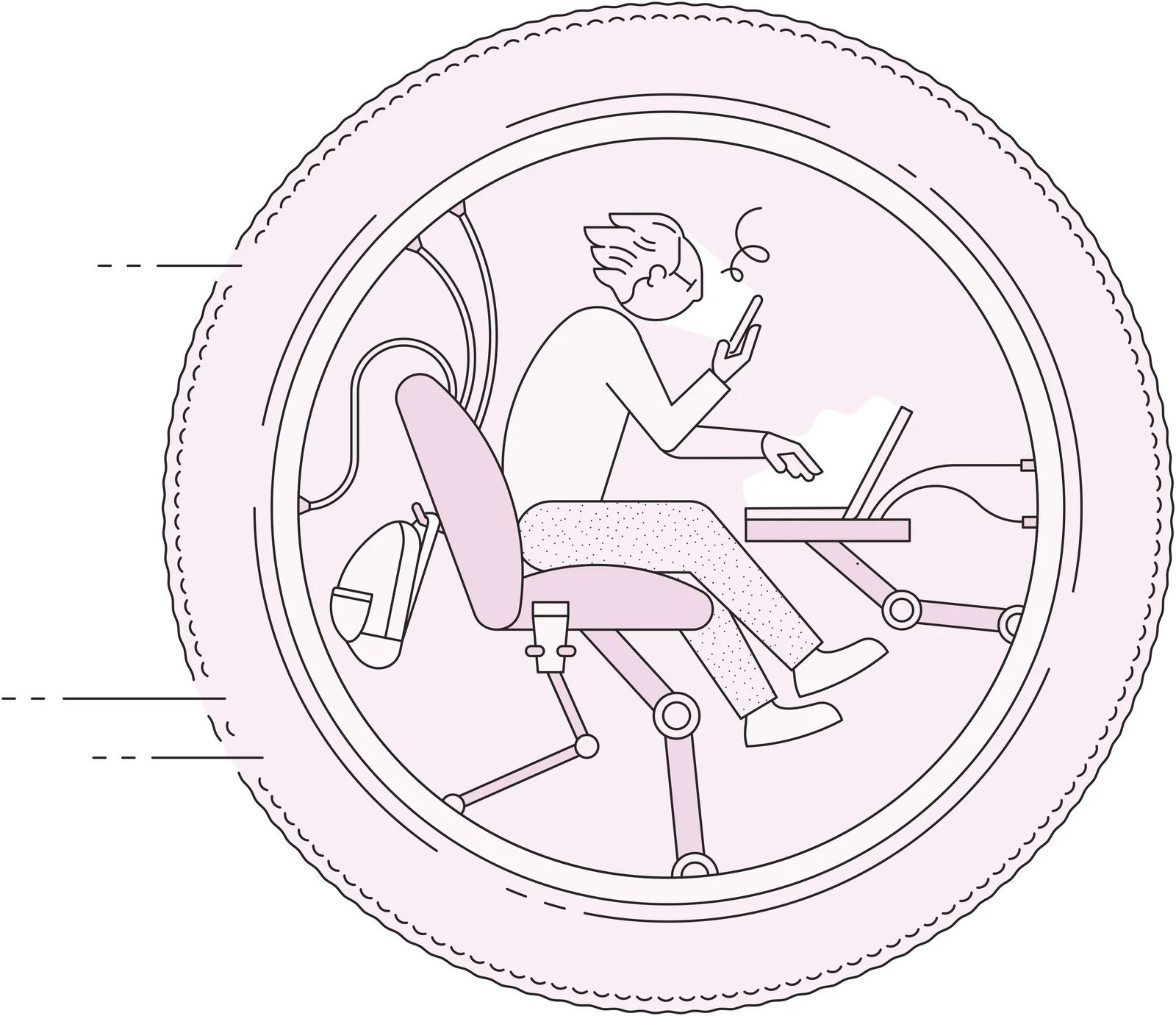Over the course of this year’s Consumer Electronics Show in Las Vegas, some 400 attendees experienced the future firsthand—as passengers in self-driving vehicles. Courtesy of Lyft and technology company Aptiv, the test rides brought autonomous cars from the imagined to the tangible, albeit with a "safety driver" on hand.
Whether or not we’re prepared for fully self-driving vehicles, automakers and a host of innovators are busy harnessing the technology that will transform not just how we move from one place to another, but how—and where—we work. In its rollout of the 2018 Expedition, Ford opened the door to a new audience—busy professionals. It even invited architect and interior designer Clive Wilkinson to consider how automobiles are poised to evolve into rolling workplaces.
Along with the driver-assist features we’ve come to expect, the new Expedition offers things like a larger cabin, wireless charging, four auxiliary power points, six USB ports, and a WiFi hotspot for up to 10 devices—more than enough to support a carload of colleagues en route to a meeting.
"The technological evolution that’s allowed us to be super mobile has reached a point where we never have to be stuck behind a desk again," says Wilkinson, whose creative environments for companies such as Googleand TBWA\Chiat\Day have upended office-design dogma. Chris Urmson believes the options for mobile working will only expand with driverless vehicles. The former CTO of Google’s self-driving car project, Urmson joined forces in 2017 with fellow autonomous vehicle pioneers Sterling Anderson (formerly at Tesla) and Drew Bagnell (formerly at Uber) to launch Aurora Innovation, which recently announced partnerships with Volkswagen and Hyundai.
"Our mission is to get this technology out into the world and see its benefits safely, quickly, and broadly," Urmson says. "It’ll be less about the feel of the leather than about how you spend your time in these vehicles. You could have a productive meeting on the way to work or spend less time in the office so you can get home to your family sooner. With that, we’ll get improved safety, less congestion in cities, and better-moving traffic."
Jada Tapley, Aptiv’s VP of advanced engineering and external relations, believes the self-driving cars of the future will require out-of-the-box thinking. "We won’t need a driver’s seat or rear seats. It could be more like a lounge setting, with comfortable chairs and a table for your laptop. Or maybe the walls of the vehicle will become a display and touchscreen. We’ll need to design the technology and the user interface for access and connectivity."
Vehicles as mobile, connected workspaces is at the heart of global design firm IDEO’s Work on Wheels concept for a fleet of customizable self-driving modules outfitted as on-demand conference rooms, with sliding smart panels and privacy screens.

